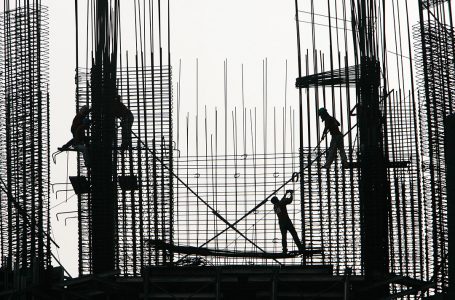Open Plan Offices Pose Challenges for ADHD Workers

<?xml encoding=”utf-8″ ?????????>
Open-plan offices, heralded for fostering collaboration and flexibility, can be fraught environments for employees with conditions like ADHD and autism.
As the prevalence of ADHD and related conditions rises, employers face mounting pressure to provide tailored support to affected employees.
However, the trend toward open-plan offices, accelerated by the pandemic’s shift to hybrid work, exacerbates challenges for individuals with ADHD and autism. The lack of quiet spaces and the prevalence of hot-desking arrangements can further destabilise their work environment, potentially derailing their careers.
For individuals like Henry Shelford, CEO of ADHD UK, the dearth of quiet areas in open-plan offices poses significant hurdles, with some employees feeling compelled to arrive early to secure suitable spaces. This pressure can disproportionately affect individuals with ADHD, who often work better during non-traditional hours due to their unique cognitive rhythms.
While some workers, like trainee solicitor Amelia Platton, appreciate the buzz of a collaborative workspace, others, like Emily Banks’ client, require accommodations like noise-canceling headphones and quiet areas to thrive. Unfortunately, some employers balk at providing such adjustments, citing concerns about equity among staff.
Nevertheless, progressive companies are taking steps to support neurodiverse employees. Deloitte, Barclays, and HSBC are among those offering tailored solutions such as quiet workspaces, sensory-friendly environments, and flexible work arrangements. These initiatives, along with coaching and other accommodations, can significantly enhance the productivity and well-being of employees like Bellyou.
Ultimately, fostering an inclusive workplace requires a nuanced approach that acknowledges and accommodates the diverse needs of all employees, ensuring that individuals with conditions like ADHD and autism can thrive alongside their neurotypical peers.














